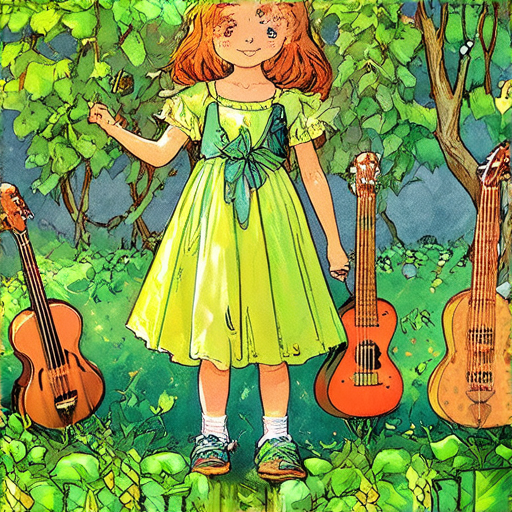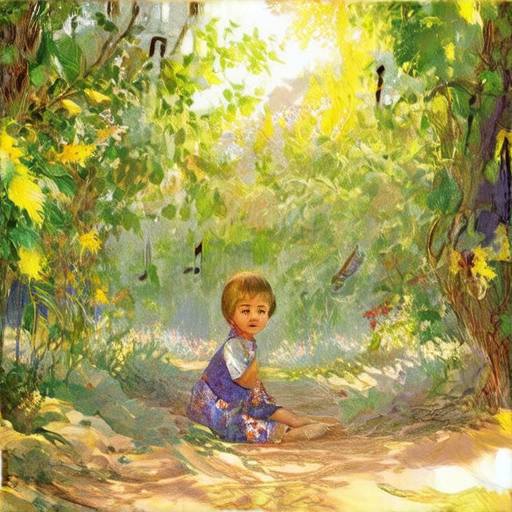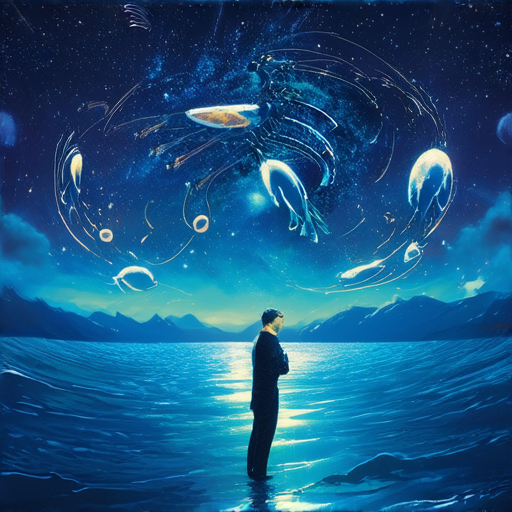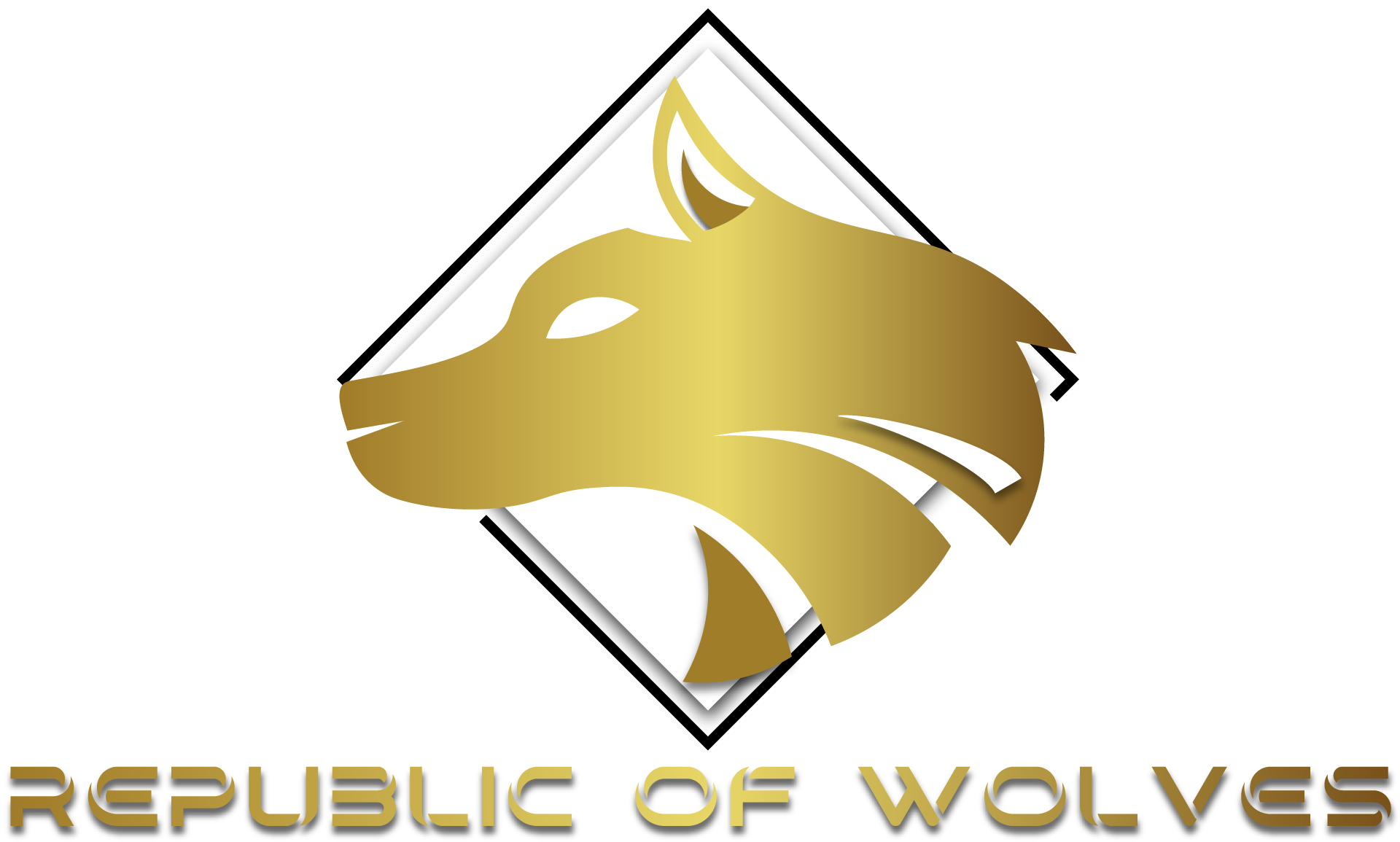The art of weaving narratives through sound has captivated audiences for centuries, elevating music from mere entertainment to a powerful medium for emotional connection and storytelling. Creative music storytelling, a fusion of artistic expression and narrative technique, allows musicians and composers to convey complex emotions, experiences, and ideas through the universal language of music. By harnessing the emotive potential of melody, harmony, and rhythm, artists can craft immersive sonic landscapes that transport listeners to new worlds, evoke memories, and spark imagination.

Musical Storytelling
Musical storytelling is a powerful medium that combines the emotional resonance of music with the narrative power of words.
-
Defining Musical Storytelling
-
The Elements of Musical Storytelling
Musical storytelling is the art of conveying a story or message through music, often incorporating lyrics, melodies, and harmonies to evoke emotions and convey meaning.
Effective musical storytelling involves several key elements, including:
- Lyrical depth: Well-crafted lyrics that tell a story, convey emotion, and resonate with listeners.
- Melodic progression: A memorable and catchy melody that complements the lyrical narrative.
- Harmonic complexity: A rich and nuanced harmonic structure that adds depth and texture to the music.
- Rhythmic interest: A driving rhythm that propels the listener through the narrative.
Examples of Musical Storytelling
Many artists have successfully employed musical storytelling in their work, including:
- The Beatles, who told stories of love, loss, and social commentary through songs like “Yesterday” and “Revolution.”
- Fleetwood Mac, whose album “Rumours” is a classic example of musical storytelling, exploring themes of love, heartbreak, and relationships.
- Taylor Swift, who has built a career on crafting relatable narratives through her music, from “Teardrops on My Guitar” to “All Too Well.”
The Power of Musical Storytelling
Musical storytelling has the power to captivate audiences, evoke emotions, and create lasting connections between listeners and artists.
By tapping into our collective experiences and emotions, musical storytelling can transcend borders, cultures, and generations, speaking to something fundamental and universal within us.
As a result, musical storytelling remains a vital part of music’s enduring appeal, inspiring artists to push boundaries, experiment with new forms, and continue to innovate within this timeless tradition.
The 5 Ps of Storytelling
We believe that effective storytelling is crucial for connecting with our audience and conveying the essence of our music.
- People: Our story revolves around the people who make our music possible – the band members, the fans, and everyone involved in the process.
- Places: From the recording studio to the concert venues, every location plays a significant role in shaping our narrative.
- Pictures: Visuals are an integral part of our storytelling, whether it’s through album artwork, music videos, or social media posts.
- Platforms: We utilize various platforms to share our story, engage with our audience, and promote our music.
- Personal: At its core, our story is personal – it’s about our passions, struggles, and experiences that shape our music and our connection with our fans.
By incorporating these five elements, we aim to create a rich and immersive narrative that resonates with our audience and sets us apart in the indie music scene.
As a fan of Republic of Wolves, you’re likely familiar with our dedication to crafting meaningful stories through our music and online presence.
When it comes to storytelling, it’s essential to acknowledge the competition and showcase our unique perspective while maintaining a professional tone.
Some notable examples of bands that excel in storytelling include The City and The Country and Snow Patrol.
For more information on how we approach storytelling, check out our blog on Republic of Wolves and explore our social media channels for behind-the-scenes insights and updates.

Storytelling Music: What’s It Called?
Narrative music, often referred to as storytelling songs, is a genre that weaves tales through melodies and lyrics.
- Narrative Music: A song type that tells a story, typically with a beginning, middle, and end.
- Folk Songs: Traditional songs passed down through generations, often featuring tales of love, loss, and everyday life.
- Indie Folk: A modern take on traditional folk music, characterized by its introspective and emotive storytelling.
- Concept Albums: Thematic albums that tell a cohesive story, often featuring interconnected songs and narratives.
We’re passionate about exploring the world of narrative music, and our community at Republic of Wolves is dedicated to sharing the stories behind the songs.
- We delve into the creative processes of artists who craft immersive narratives through their music.
- We highlight the latest trends and innovations in the indie music scene, showcasing how storytellers are pushing boundaries and experimenting with new sounds.
- We reflect on the power of music to evoke emotions, spark imagination, and bring people together.
Whether you’re a fan of classic folk ballads or experimental indie rock, there’s something for everyone in the world of narrative music.
Exploring the Art of Storytelling in Music
At Republic of Wolves, we believe that music has the ability to transport us to new worlds, evoke powerful emotions, and connect us with others on a deeper level.
- Immersive Storytelling: Artists who craft immersive narratives through their music, drawing listeners into their world.
- Emotional Resonance: Songs that tap into our emotions, making us feel seen, heard, and understood.
- Cultural Significance: Music that reflects our shared human experiences, traditions, and values.
We’re excited to share our passion for narrative music with you, and we hope you’ll join us on this journey of discovery and exploration.

How to Use Music in Storytelling
We believe that music has the power to evoke emotions, convey meaning, and bring people together.
-
When used effectively, music can elevate a story, making it more relatable, memorable, and impactful.
-
As storytellers, we can harness the emotional resonance of music to create a deeper connection with our audience.
-
In this article, we’ll explore the art of incorporating music into storytelling, highlighting its benefits, and providing tips on how to do it effectively.
The Power of Music in Storytelling
Music has been an integral part of human culture for centuries, serving as a universal language that transcends borders and generations.
-
Music can evoke strong emotions, from joy and excitement to sadness and introspection.
-
It can also convey complex ideas and themes, adding depth and nuance to a story.
-
Furthermore, music can create a sense of atmosphere and mood, drawing the listener into the world of the story.
Tips for Using Music in Storytelling
To incorporate music effectively into your storytelling, consider the following tips:
-
Choose music that resonates with your target audience and aligns with the tone and theme of your story.
-
Consider the emotional impact of the music and how it will affect your listeners.
-
Experiment with different genres and styles to find the perfect fit for your story.
-
Don’t be afraid to get creative and push boundaries – music can be a powerful tool for innovation and self-expression.
Examples of Effective Music Storytelling
From film scores to album artwork, music plays a crucial role in shaping our experiences and memories.
-
The iconic soundtrack of “The Shawshank Redemption” perfectly captures the hope and redemption of the film’s characters.
-
The haunting melodies of “The Lord of the Rings” trilogy transport us to Middle-earth, immersing us in the epic struggle between good and evil.
-
The innovative use of music in “La La Land” redefines the traditional musical genre, blending jazz and pop to create a modern masterpiece.
Conclusion
Music has the power to transform a story, evoking emotions, conveying meaning, and bringing people together.
By understanding the art of music storytelling, we can harness its potential to create more engaging, memorable, and impactful experiences for our audiences.
So, the next time you’re crafting a story, remember the power of music and let it guide you towards creating something truly unforgettable.
Creating a Story with Music
We’re passionate about weaving music into our storytelling process, and we’d love to share some tips on how to do just that.
-
Start with Inspiration
Find a song that resonates with you and sparks creativity. Let its melody, lyrics, or mood guide your narrative direction.
-
Develop a Concept
Determine the theme, genre, or style of music that aligns with your story’s tone and atmosphere. This will help you choose the perfect soundtrack.
-
Select the Right Tracks
Pick songs that complement your narrative’s pace, emotion, and intensity. Consider the lyrics, tempo, and instrumentation to ensure they enhance your story.
-
Weave Music into Your Narrative
Incorporate song titles, lyrics, or melodies into your dialogue, descriptions, or character thoughts. This will create a seamless integration of music and storytelling.
-
Edit and Refine
Review your manuscript and adjust the music’s placement to optimize the emotional impact and pacing of your story.
Tips for Effective Music Integration:
-
Use Song Titles as Chapter Headings
This technique adds a touch of musicality to your chapter divisions and creates a sense of cohesion between the music and narrative.
-
Incorporate Lyrics into Dialogue
Quoting song lyrics can add depth and authenticity to your characters’ conversations, making the music feel more organic and immersive.
-
Create a Playlist for Your Characters
Develop a playlist that reflects your characters’ personalities, preferences, and emotions. This will help readers connect with them on a deeper level.
Conclusion:
By incorporating music into your storytelling process, you’ll create a richer, more engaging narrative that resonates with readers. Remember to experiment, have fun, and let the music guide your creative journey!

The Power of Music in Storytelling
As a fan of indie music, I’ve always been fascinated by the way music can elevate a story and transport us to another world.
- Music has the ability to evoke emotions and create a sense of atmosphere, drawing the listener into the narrative.
- It can also be used to convey themes and ideas, adding depth and complexity to the story.
- Furthermore, music can be used to create tension and suspense, building anticipation and excitement in the listener.
How Music Can Enhance Storytelling
There are many ways in which music can enhance storytelling, including:
- Creating a mood or atmosphere: Music can set the tone for a story, establishing the mood and atmosphere that the listener will experience.
- Eliciting emotions: Music has the power to evoke strong emotions in listeners, making them more invested in the story and its characters.
- Conveying themes and ideas: Music can be used to convey complex themes and ideas, adding depth and meaning to the story.
- Building tension and suspense: Music can be used to create tension and suspense, building anticipation and excitement in the listener.
The Role of Music in Indie Culture
In the indie music scene, music plays a crucial role in storytelling and self-expression.
- Indie artists often use music as a means of expressing themselves and telling their own unique stories.
- Musicians like Republic of Wolves are pushing the boundaries of what is possible with music, experimenting with new sounds and styles to create something truly original.
- The indie music community is built around a shared love of music and a desire to connect with others who share similar tastes and interests.
Conclusion
In conclusion, music plays a vital role in storytelling, elevating the narrative and transporting the listener to another world.
Whether it’s through creating a mood or atmosphere, eliciting emotions, conveying themes and ideas, or building tension and suspense, music has the power to enhance our experiences and deepen our connections with the stories we hear.
Learn more about the indie music scene
Discover the latest music industry trends
Explore Republic of Wolves’ music and creative process

0 Comments